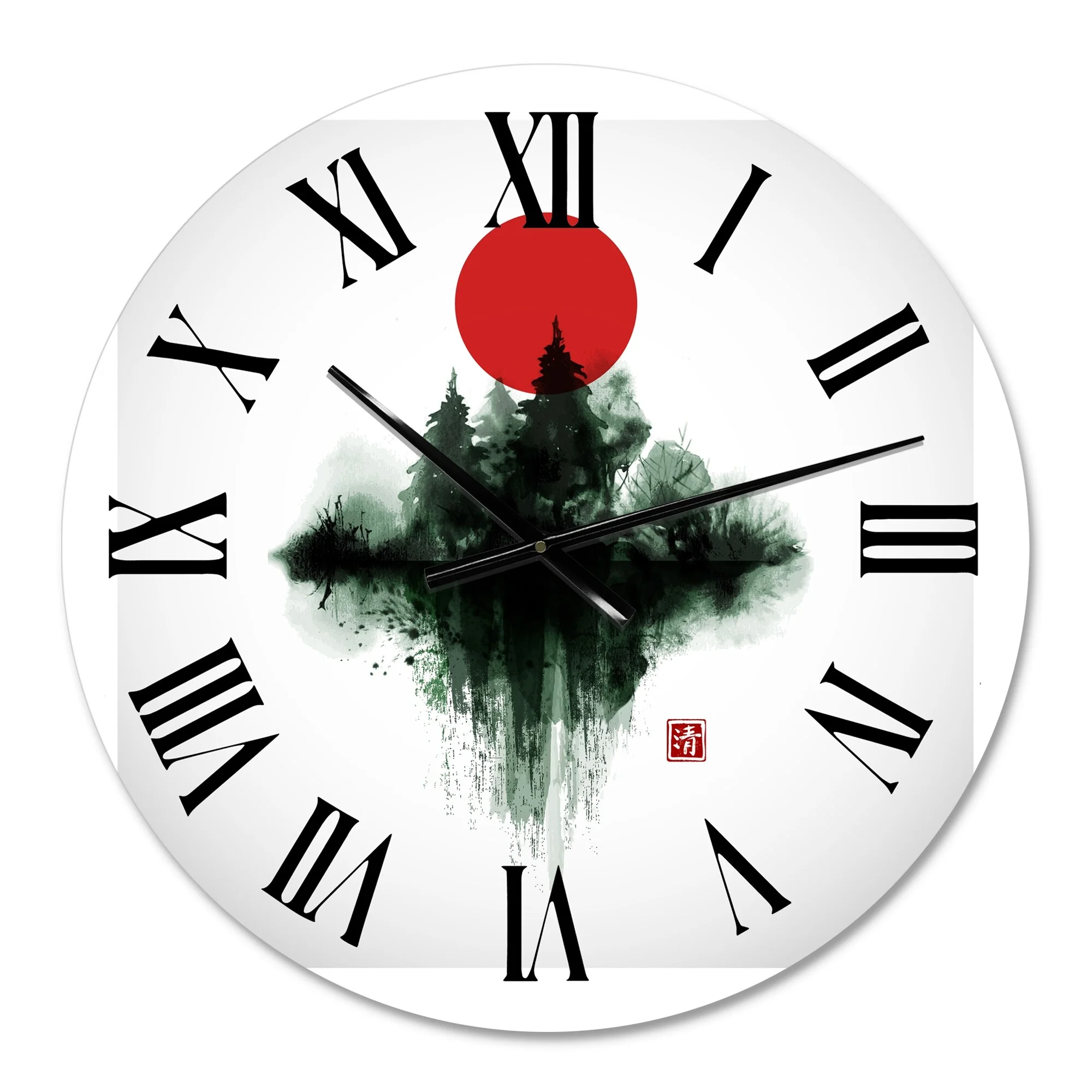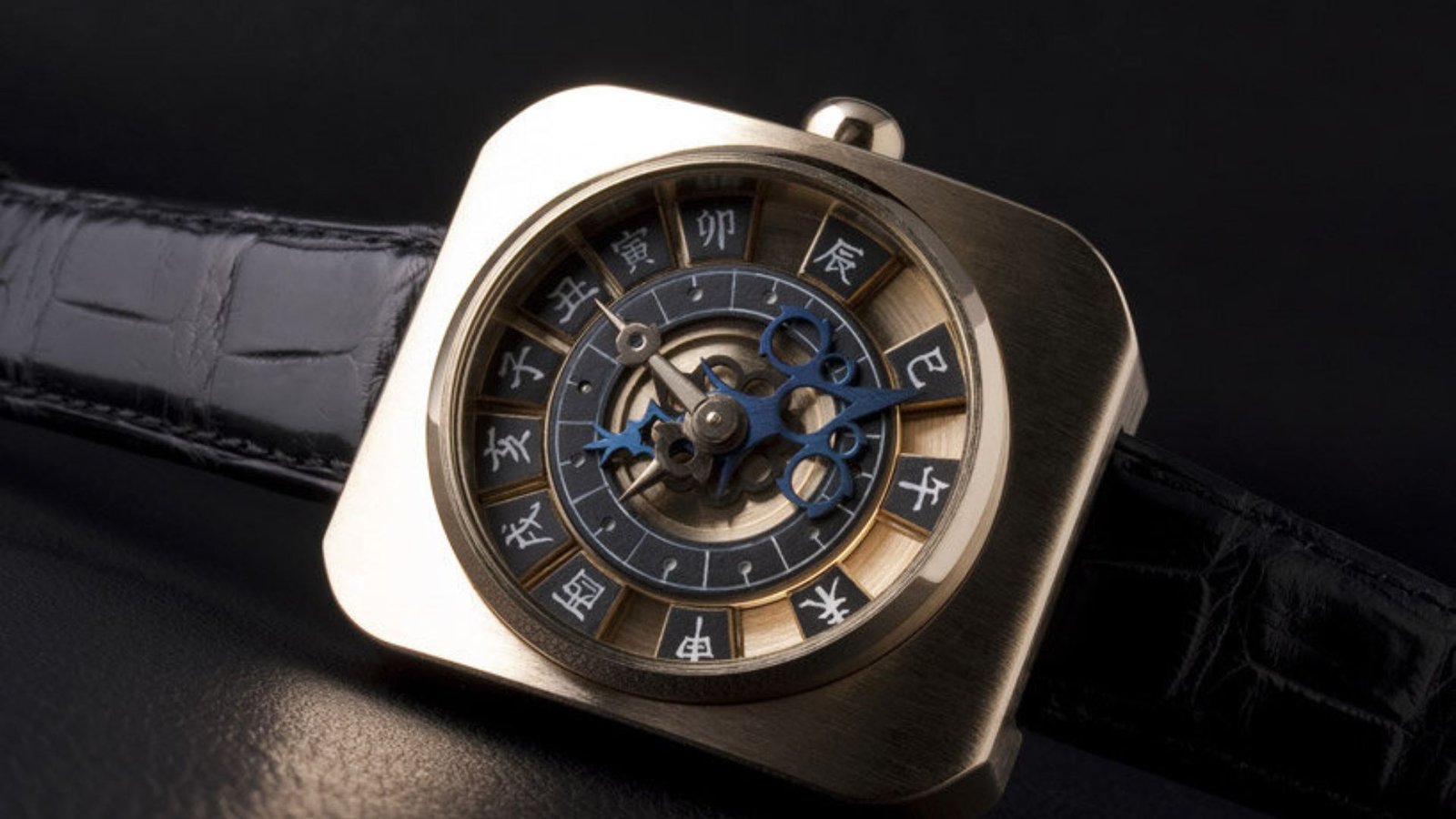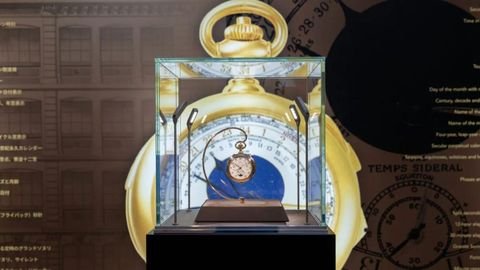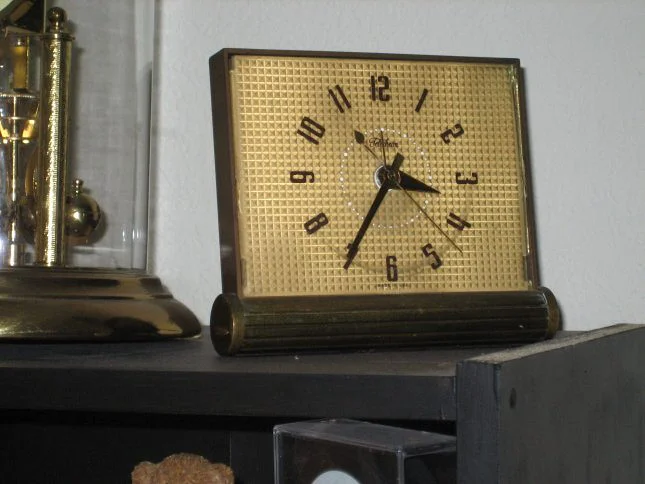Japanese Clocks as Functional Art
Japanese clock designs often balance functionality with aesthetic beauty. This principle can be traced back to the Edo period when clocks such as the wadokei were developed. These clocks followed Japan’s traditional time system, dividing day and night into unequal hours depending on the season. This system required the creation of innovative clock mechanisms, resulting in designs that prioritized both technical complexity and artistic beauty.
The wadokei, with its adjustable timekeeping system, showcases Japan’s approach to creating functional objects that are also deeply symbolic. The mechanisms inside these clocks are intricate, yet they are housed in cases that are elegantly simple, often crafted from wood and adorned with minimalistic decorations. This combination of art and function is a hallmark of Japanese design, influencing not only timepieces but other forms of art, from pottery to architecture.
Influence on Global Clock Design
Japanese clock designs have also influenced global horology. The meticulous craftsmanship and focus on precision have inspired clockmakers worldwide. Japanese designers have long emphasized the importance of balance, harmony, and minimalism, values that resonate with global movements like modernism.
During the 20th century, Japanese clockmakers began incorporating Western techniques into their designs, yet they retained the distinct aesthetics that set them apart. Brands like Seiko became world-renowned for combining precision with artistry, making Japanese clocks highly coveted not only as functional timepieces but as artistic objects.
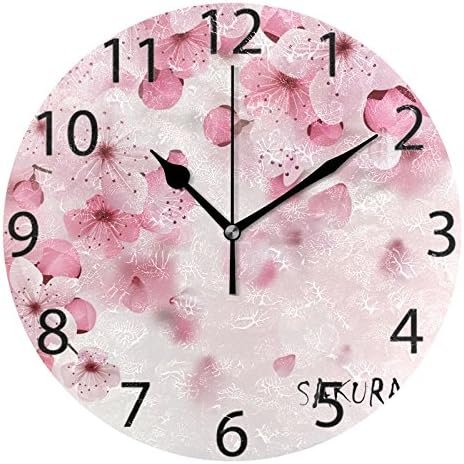
Symbolism in Japanese Clock Designs
Many Japanese clocks incorporate symbolic elements that represent aspects of time, nature, and spirituality. For instance, traditional designs often feature natural motifs like flowers, birds, and waves, symbolizing the impermanence of life and the flow of time. These motifs are carefully integrated into the clock’s design, often with subtle details that only become apparent upon close inspection.
In modern Japanese clock designs, symbolism continues to play a role. Designers use shapes, textures, and materials that evoke traditional values while embracing contemporary minimalism. The emphasis on natural materials like wood and metal, along with the careful use of space, reflects Japan’s artistic philosophy of wabi-sabi, which celebrates the beauty of imperfection and transience.
Artistic Movements and Japanese Clocks
The aesthetics of Japanese clocks have been influenced by various artistic movements within Japan, such as Zen Buddhism and the tea ceremony. The simplicity and quiet elegance of these clocks are reminiscent of Zen-inspired gardens and the carefully curated environments in traditional Japanese tea houses. Every element in the design serves a purpose, from the materials used to the clock’s shape and size, reflecting a harmony between form and function.
In contemporary art, Japanese clock designs continue to influence everything from interior design to installation art. Designers and artists draw on the traditional principles of balance and simplicity, creating timepieces that are as much art objects as they are functional devices.
The Artistic Craftsmanship of Japanese Clocks
Japanese clockmakers are often regarded as artists in their own right. Crafting a clock is a meticulous process that requires an intimate knowledge of mechanics, materials, and aesthetics. Many traditional clockmakers continue to use techniques that have been passed down for generations, ensuring that their work remains faithful to the artistic principles of the past.
For antique clocks, the restoration process itself is an art form. Restorers must carefully study the original design and materials before beginning any work, ensuring that the clock retains its historical and artistic integrity. Whether restoring a centuries-old wadokei or crafting a new design, the artistry involved in Japanese clockmaking is a testament to the country’s rich cultural heritage.
Conclusion
Japanese clock designs offer far more than a way to measure time. They are artistic expressions that encapsulate Japan’s cultural values, technical innovation, and aesthetic traditions. Whether looking at antique timepieces or modern creations, these clocks reflect an ongoing dialogue between tradition and contemporary art. Their significance in both Japanese and global art is undeniable, showcasing a blend of function, form, and artistic vision that continues to inspire designers and collectors around the world.

